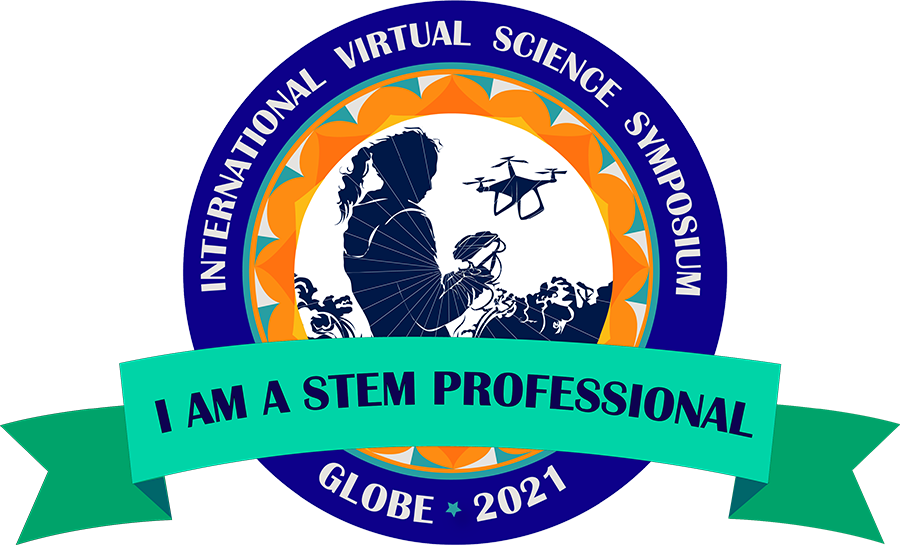NASA's Langley Research Center (LaRC) has been a GLOBE Partner since 2003. GLOBE at Langley creates pathways for all to engage in The GLOBE Program, envisioning a worldwide community working together to better understand, sustain, and improve Earth’s environment at local, regional, and global scales.
Contributing to Science
Every cloud observation submitted to The GLOBE Program goes to a team at NASA Langley Research Center to determine if there is corresponding cloud data from satellites. With the support of the CERES team, GLOBE at Langley has matched over 1 million ground observations to satellite data from the same time and location. We're also happy to help support S'COOL Participants in joining the GLOBE Community. For more information, please visit the GLOBE Clouds with Satellite Match website. You can also access data files on GLOBE Observer Get Data website.
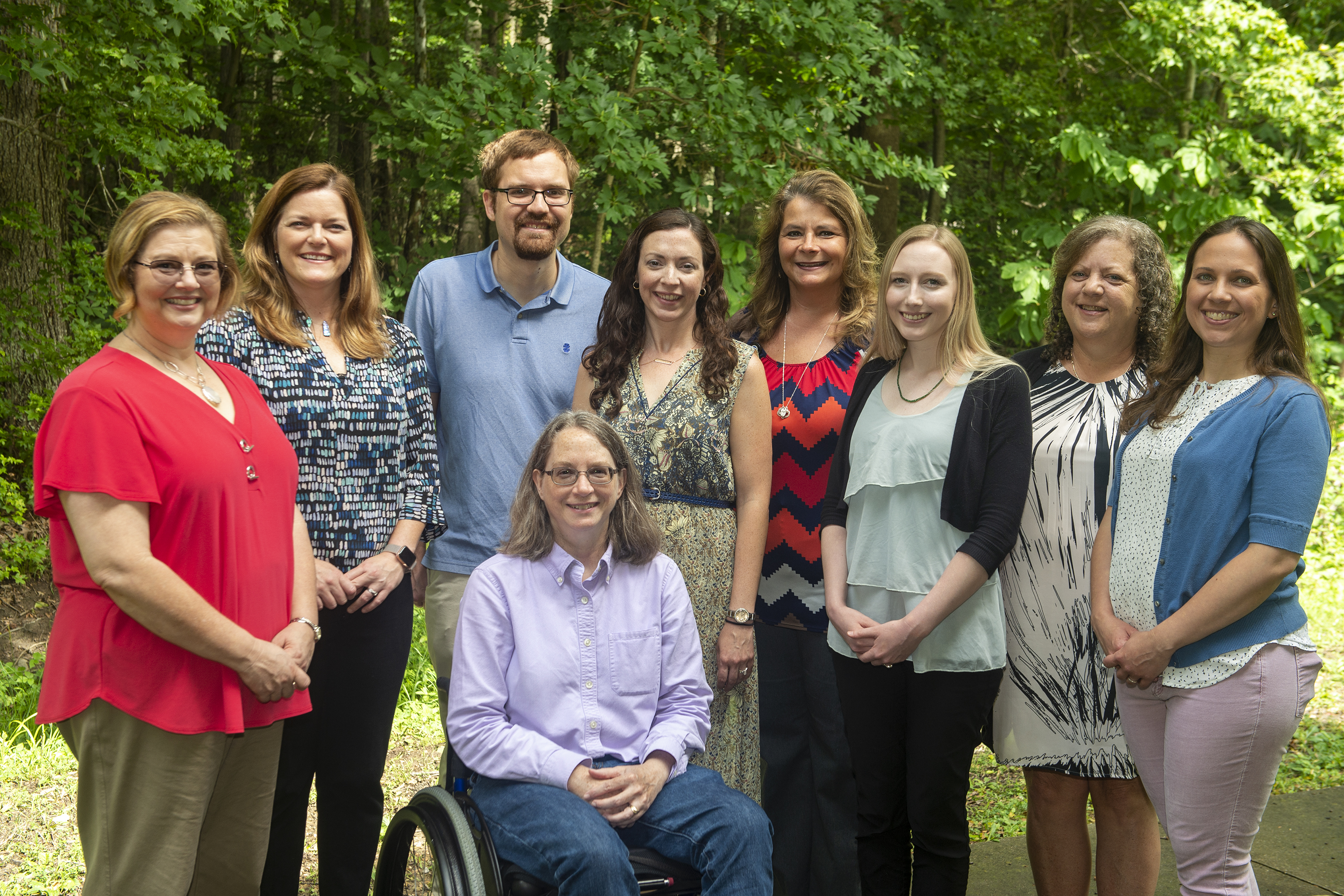
Our Partnership works with several NASA Missions to build a stronger connection between the missions and GLOBE. Some of these missions include: CALIPSO, CERES/Earth Radiation Budget Measurement Program, DISCOVER-AQ, SAGE III on ISS, SEAC4RS, and TEMPO.
NASA Langley's scientists have also been involved in research and development of protocols for atmospheric investigations related to Contrails and Surface Ozone. We continue this by supporting the Air Quality Student Research Campaign. We support the development of GLOBE Observer tools and conduct research related to Clouds and Eclipse. For more information about Contrails please visit our Contrail Education website.
Supporting Education
GLOBE at Langley supports educators with professional learning opportunities and provides resources to help students do GLOBE environmental science investigations. NASA Langley has trained over 1,000 educators in GLOBE. We leverage our relationships with NASA science and our educational expertise to bring meaningful, practical, resources to educators.
Some highlights:
-
Our team collaborated with many stakeholders to expand Elementary GLOBE to include the Air Quality and Climate modules.
-
Through our work with NASA’s Science Activation projects, GLOBE Mission Earth and NASA Earth Science Education Collaborative, we have developed teacher GLOBE Pacing Guides. The 5-day sequence of activities help educators get started with GLOBE or expand GLOBE to a different topic by focusing activities to support guiding questions.
-
We developed a GLOBE afterschool program guide for the U.S. Department of Education's 21st Century Community Learning Centers (21CCLC) program. The program was designed to be implemented in out of school time settings with students in grades 5-8. Students use GLOBE to measure cloud and surface temperature data, and to analyze collected data to determine how clouds impact Earth's energy systems.
-
Our team also leads My NASA Data, an educator resource curating NASA Earth science data resources for grades 3-12. My NASA Data and GLOBE complement each other well and we continue to update the GLOBE Connections in My NASA Data.
-
We lead a virtual educator cohort called ENGAGE. The ENGAGE (Earth, NASA, GLOBE, And Guided Explorations) GLOBE Mission Earth program has recruited a cohort of teachers from across the United States. These educators are trained in several GLOBE protocols during the summer, and then they continue meeting every month, learning about tools and strategies to incorporate GLOBE and other NASA resources into their classrooms. Be on the lookout for the annual application.
On our Resources tab, you can access additional resources including Presentations and Handouts from Past Training Workshops, My NASA Data GLOBE Connections Page and updated Earth System Poster activity, and GLOBE alignment to Virginia SOLs.
Langley Research Community (private community)
2021 GLOBE International Virtual Science Symposium
Effects of COVID-19 on Air Quality
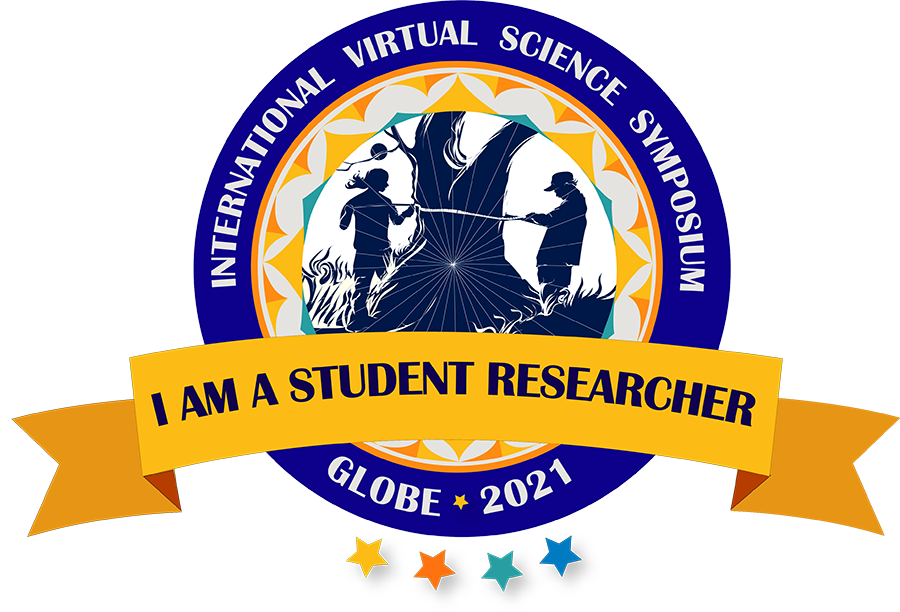
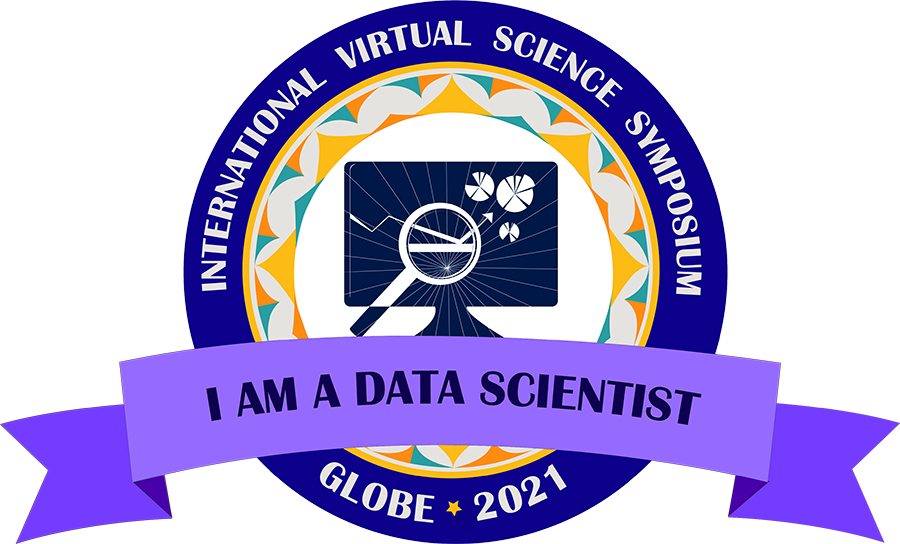
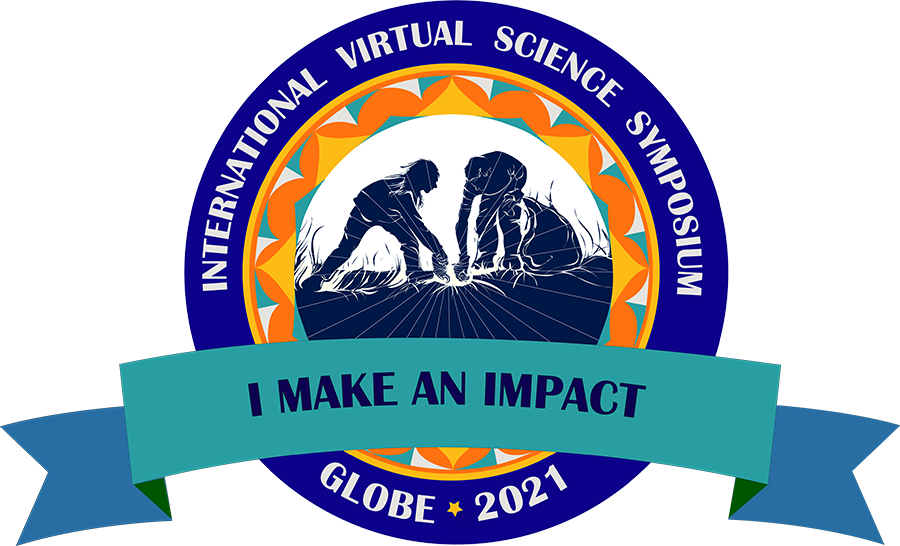
How does PM 2.5 and cloud cover correlate with air pollution in New York City?

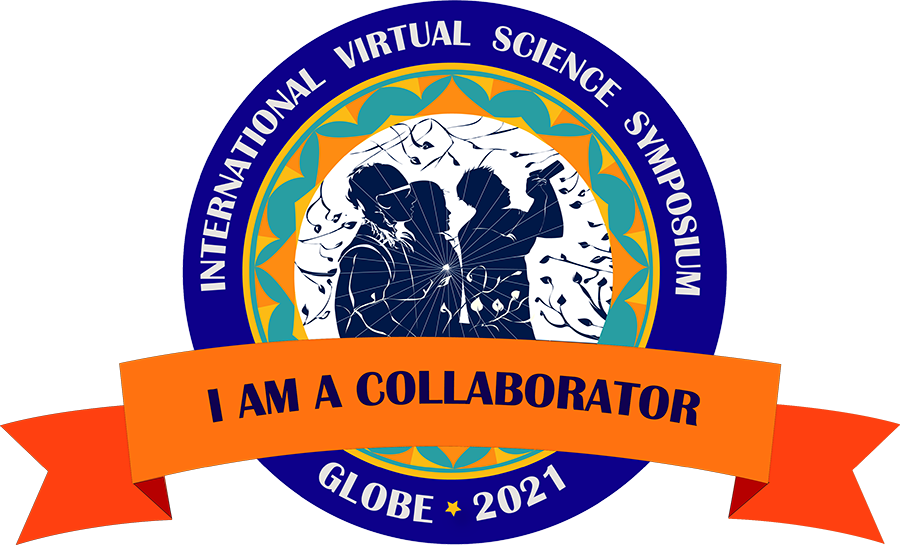


Comparison of PM 2.5 Measurements in Manhattan and the Bronx: How Higher Levels of PM 2.5 Can Make More People Susceptible to Respiratory Diseases Such as COVID-19
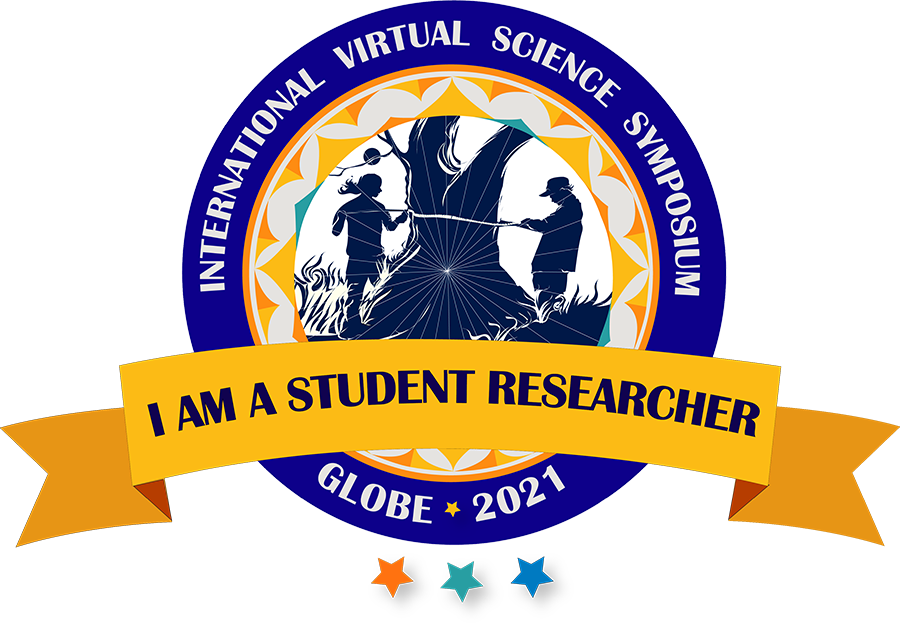


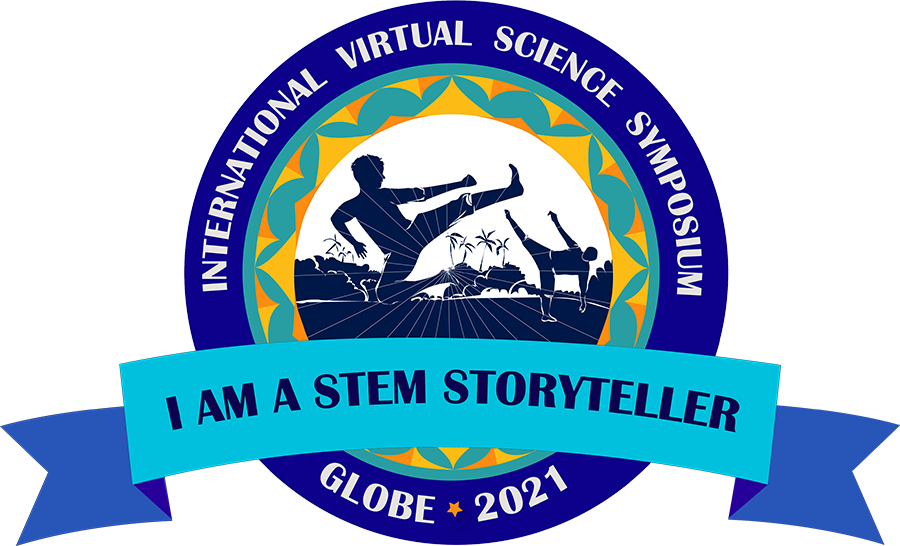
How does cloud coverage affect PM 2.5 measurements?



Air Quality Research Project: Air Quality and Precipitation



